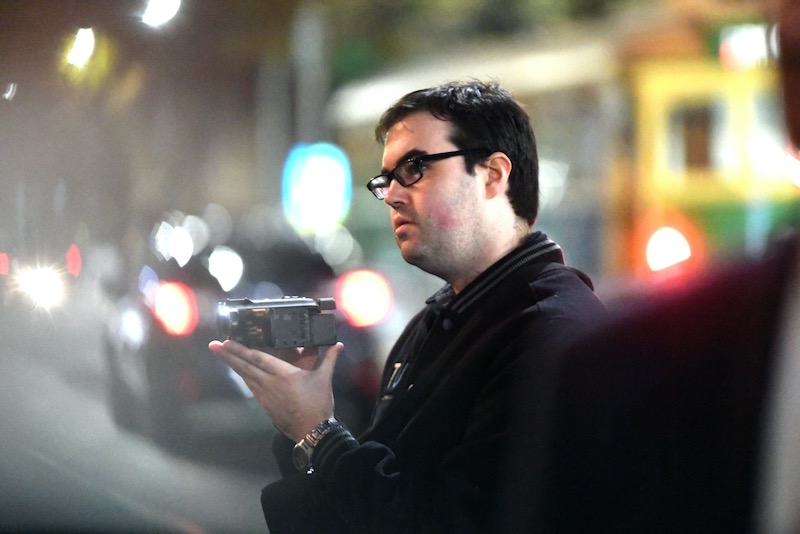While several Australian states debate whether to legalise euthanasia, the state of Victoria, where voluntary assisted dying (VAD) was legalised a year ago, has reported more than ten times the anticipated number of deaths.
Victoria’s Voluntary Assisted Dying Review Board reported 124 deaths by assisted suicide and euthanasia during its first year, a result Victoria’s bishops said was “not a celebration of good healthcare, but a sad story of the loss of hope and care for vulnerable people”.
Victoria’s Health Minister, Jenny Mikakos, had predicted as few as ‘a dozen’ deaths in the first 12 months up until June 2020 – however the figure turned out to be much higher.
“Despite assurances that VAD numbers would not increase significantly in its early years, the numbers presented in the report are alarming,” Victoria’s five bishops, including the Archbishop of Melbourne, Peter Comensoli, said in a joint statement.
“Comparatively, it took the State of Oregon in the United States 17 years to reach the same number of deaths that Victoria has reached in its first 12 months of VAD.
According to the review board’s report, 104 of those who died under the Voluntary Assisted Dying Act 2017 committed assisted suicide, while 20 people were euthanised by a medical practitioner.
The age of death ranged from 32 to 100, with an average age of 71 years.
Of those applicants, 44% were female, 55% were male and 1% were “self-described.”
A majority of applicants - 78% - had terminal cancer, while 15% of applicants had neurodegenerative diseases and 7% had other diseases.
There were 134 cases in which applications were withdrawn by a doctor or a person died before obtaining a permit.
Victoria’s laws allow access to a lethal substance for terminally ill adults who have only about six months to live – or no longer than 12 months for those with a neurodegenerative diagnosis – and who are able to give informed consent.
Under the laws, two doctors are required to assess a person's eligibility. A person must make three separate requests to end their lives.
“This review shows that the system is working as it should – with 68 rigorous safeguards in place, making our model the most conservative system in the world,” Health Minister Mikakos said.
The Victorian bishops highlighted the contradiction of health professionals making sacrifices “to protect people from the Coronavirus pandemic while on the other, this report is encouraging greater access to assisted suicide”.
“We are encouraged by those with the resilience to keep serving patients without resorting to VAD,” they said.
“Catholic healthcare providers will not abandon their patients, and believe they have a right to be loved from the beginning to the end of their life.”
A similar VAD scheme will take effect in Western Australia in mid-2021, while Tasmania is currently debating a bill that would legalise assisted suicide.
Queensland’s Labor government that goes to an election next month (October) has promised to introduce VAD laws if returned to office.
Australia’s bishops have implored the country’s politicians to fund better palliative care as part of aged care services instead of considering laws to allow voluntary assisted suicide and euthanasia.



 Loading ...
Loading ...